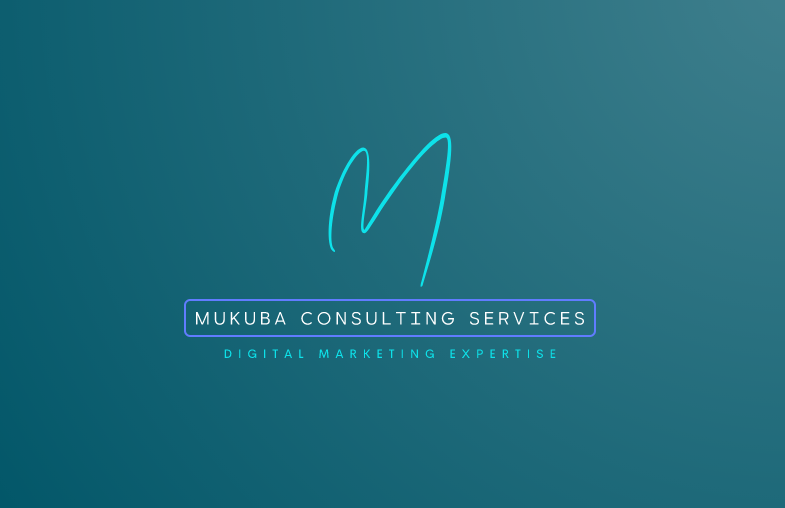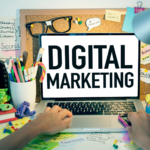
Digital marketing covers all marketing activities deployed online to enter into a relationship with customers or prospects, such as, maintaining a website or blog, social networks, or digital advertising.
Web marketing has always had the function of putting companies in contact with their audience in the right place and at the right time. Today, you have to meet the consumer where he spends most of his time: on the internet.
Before understanding what digital marketing is, it is important to understand the goals of marketing itself. What is its function and what is it used for?
Key Components of Digital Marketing
From your company’s website to the various aspects of online branding (digital advertising, email marketing, web brochures, etc.), digital marketing covers a wide spectrum of tactics and content.
The best marketers know how to precisely link each type of content and tactic to strategic objectives. Here are the most popular forms of content and tactics:
The top forms of content marketing for digital marketing
- Site web
- Blog posts
- E-books
- Infographics
- Podcasts
- Social networks (Facebook, LinkedIn, Twitter, Instagram, etc.)
- Free online presence (e.g. comments)
- Brochures web
- Branding elements (logo, fonts, etc.)
Digital Marketing Strategies
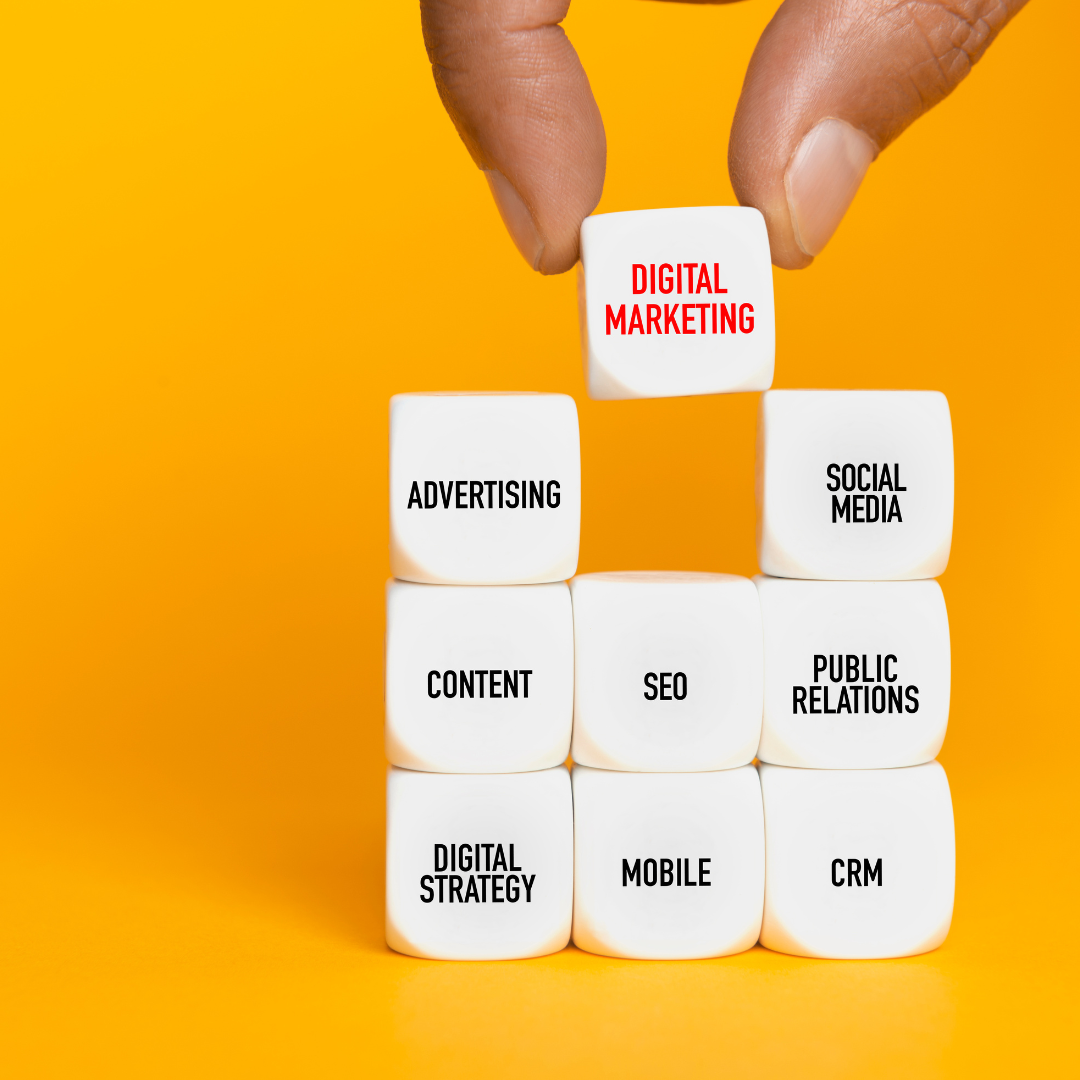
Search Engine Optimization (SEO)
It is about optimizing a website for natural referencing so that it obtains the best possible ranking in search engine results and thus attracts more organic (free) traffic.
Content marketing
It’s about creating and promoting different forms of content in order to increase brand awareness, increase traffic and generate leads or customers.
Inbound marketing
Inbound marketing is a full-funnel approach to attracting visitors, converting leads, closing sales, and retaining customers using online content.
This practice consists of promoting content and a brand on social networks in order to improve its notoriety, attract traffic and generate leads.
It is an advertising method to drive traffic to a website. The broadcaster is paid each time a user clicks on an advertisement. Googles Ads, used for paid search, is one of the most popular forms of CPC.
Affiliate marketing
This performance-based advertising method involves receiving a commission in exchange for promoting third-party products or services on a website.
Native advertising
These are content-based advertisements, and published on a third-party platform alongside non-paid content. Additionally, many marketers consider social media advertising, such as Facebook and Instagram ads, to be native advertising.
Automated marketing
Marketing automation refers to software solutions aimed at automating marketing operations. It’s often a good idea to automate repetitive tasks, such as sending emails, posting to social media, and certain website actions.
E-mail marketing
Businesses use emailing to communicate with their audiences. E-mail can be used in a communication strategy attached to a specific event, or as part of a newsletter.
It is used in any case to promote content, special offers or events, and to redirect contacts to the company’s website.
Online public relations
Online public relations involves building a free online presence through web publications, blogs, and other content-based sites. They are similar to classic public relations, transposed into the digital world.
Online Events
A strategy of online events, via webinars in particular, makes it possible to develop the authority of the brand on a subject, enlarge its audience and generate lead
Mobile marketing
In today’s world, 70% of traffic is on mobile. Make sure you have a responsive website, and if your business has a mobile app, your digital strategy will only be enhanced.
Difference between outbound marketing and inbound marketing in digital marketing
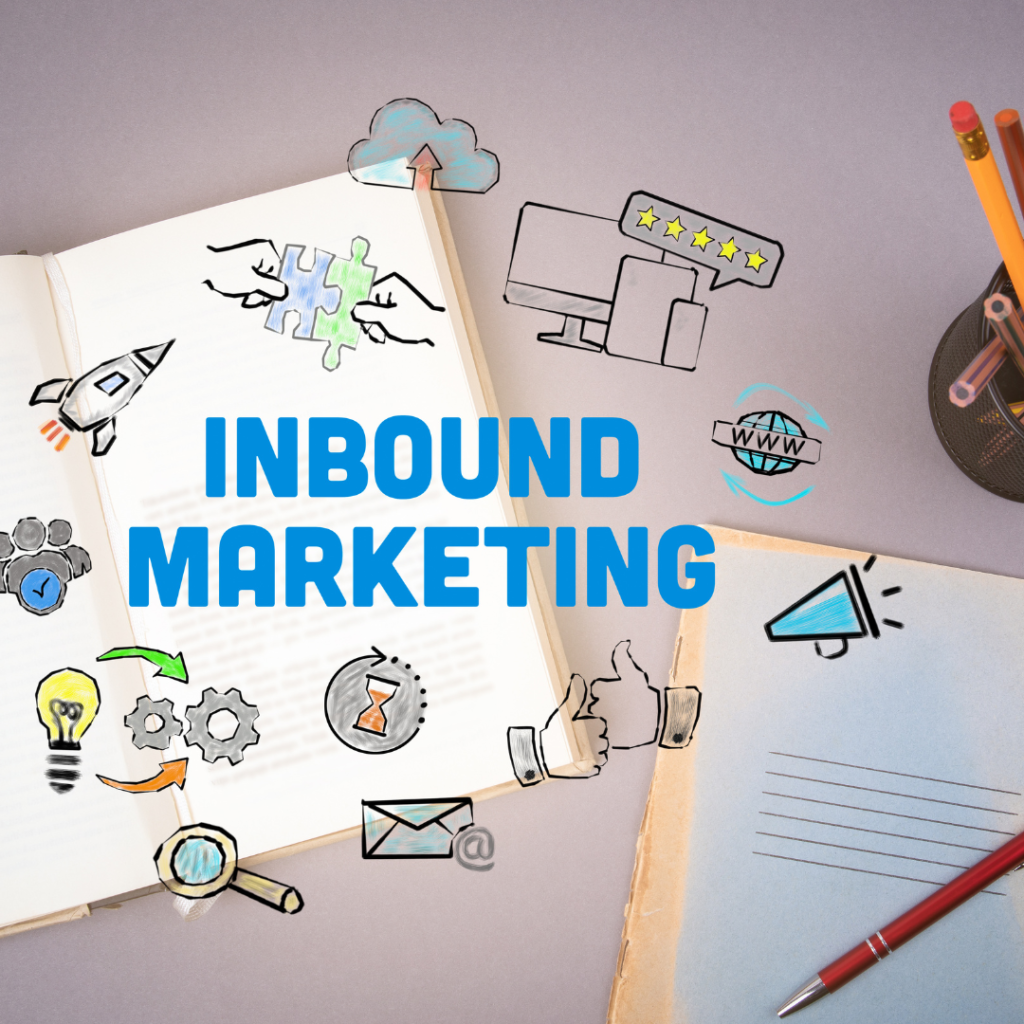
Digital marketing does not differentiate between inbound and outbound marketing strategies, and can be part of both.
An outbound strategy aims to deliver a message to the widest possible audience without segmentation. Inbound attracts target customers through different tactics, especially around content.
At first glance, these two types of marketing seem similar: both are deployed primarily online and focus on creating digital content for consumers. The difference is subtle.
Outbound tactics do not focus on the relevance or reception of the messages broadcast. For example, the advertising banners displayed at the top of many websites try to convince the visitor to acquire a product or take advantage of a promotion to which the latter is not necessarily sensitive.
Inbound tactics, on the contrary, consist of attracting target customers to a website by offering them online content designed to be useful to them. As simple as it is powerful, the blog, an inbound marketing tool par excellence, allows a company, for example, to capitalize on the terms searched by its target customers.
In summary, inbound marketing is a methodology of using digital content to attract visitors, convert leads, close sales, and retain customers. The generic term digital marketing covers all forms of online marketing tactics, whether inbound or outbound.
The importance of digital marketing in B2B and B2C
Digital marketing can be useful to all companies, all sectors combined.
Whatever your activity, digital marketing invites you to define buyer personas in order to identify the needs of your target audience, and to create high-quality online content.
Digital marketing strategies are not alike because they must meet the specificities of each company.
Digital marketing B2B
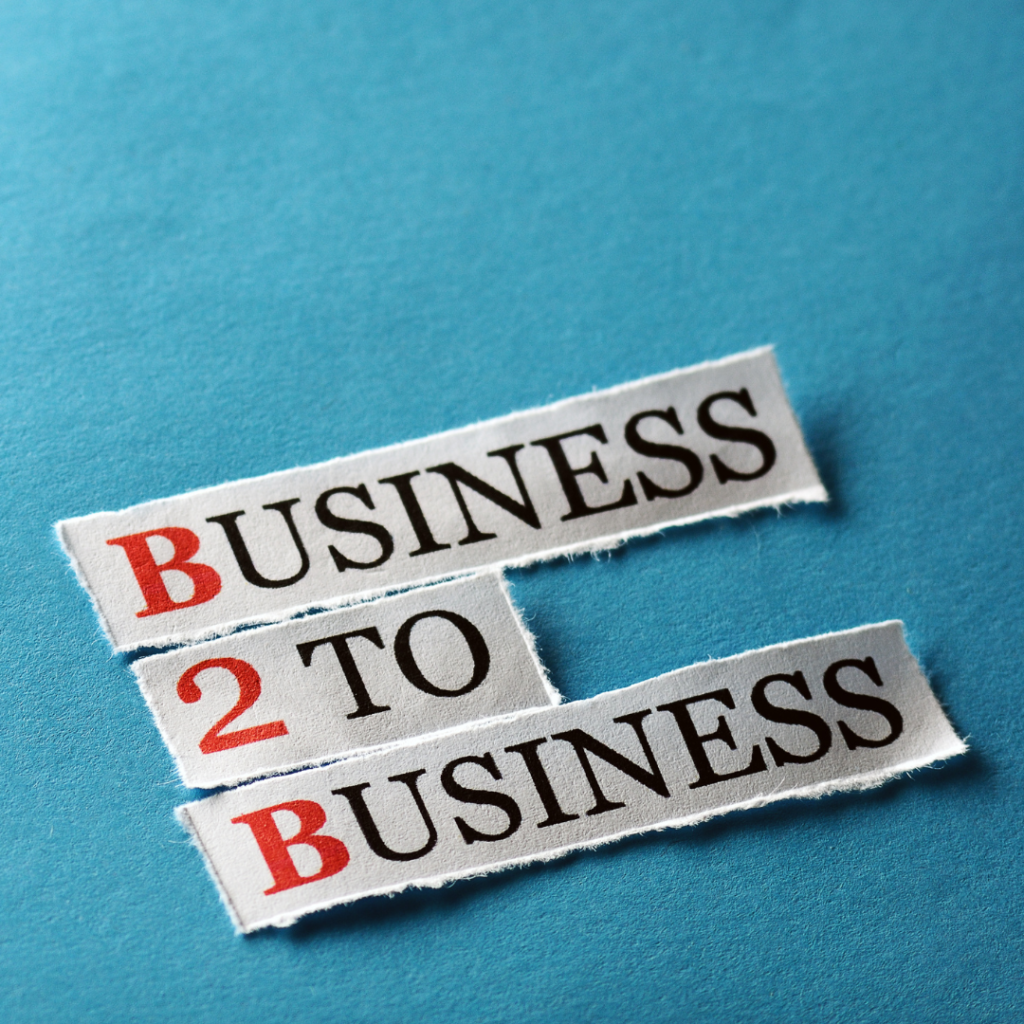
A B2B company’s digital marketing strategy tends to focus on generating leads to be connected with a salesperson.
The role of such a strategy is thus to attract and convert the most qualified leads using a website and other digital channels, in order to pass the baton to the sales team.
Beyond the website, it is interesting to develop marketing activities on the more professional channels frequented by the target clientele, such as LinkedIn
Digital marketing B2C
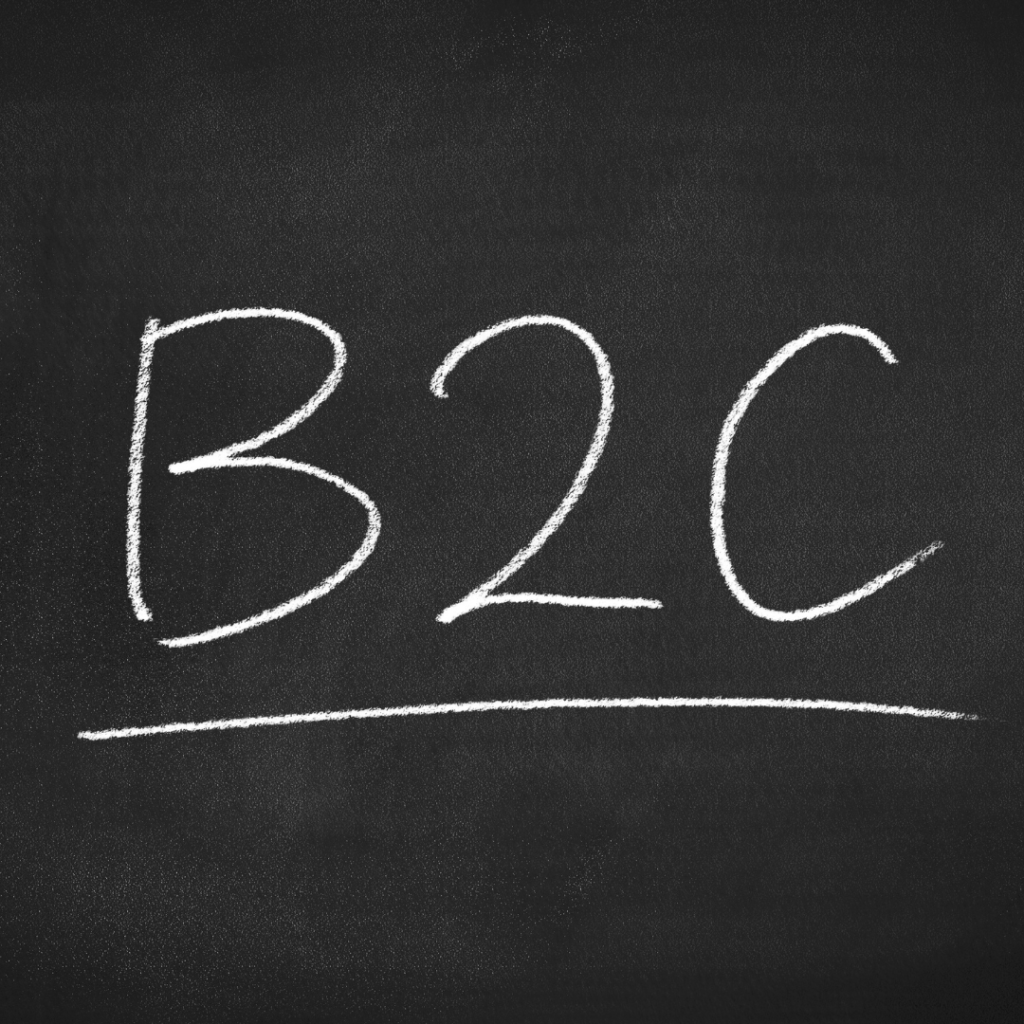
The digital marketing strategy of B2C companies generally aims to attract Internet users to a website, and convert them into customers without going through a salesperson (depending on the positioning of the offer). It is a key element for any e-commerce business.
In the B2C context, companies focus less on prospects in the classic sense of the term, than on the creation of an accelerated purchase journey, from arrival on the website to placing an order.
B2C companies often need to promote their product higher up the marketing funnel and use stronger calls-to-action (CTAs).
Channels like Instagram and Pinterest generally serve the needs of B2C businesses better than professional-oriented platforms like LinkedIn.
The benefits of digital marketing
If you’ve ever run a print ad in a newspaper, you know how difficult it is to determine how many readers saw the page and how many paid attention to the ad.
It is thus almost impossible to know if the advertisement generated sales or not. Unlike traditional marketing, digital marketing software allows you to measure the ROI of each part of your strategy. Here are some examples:
- Increase website traffic
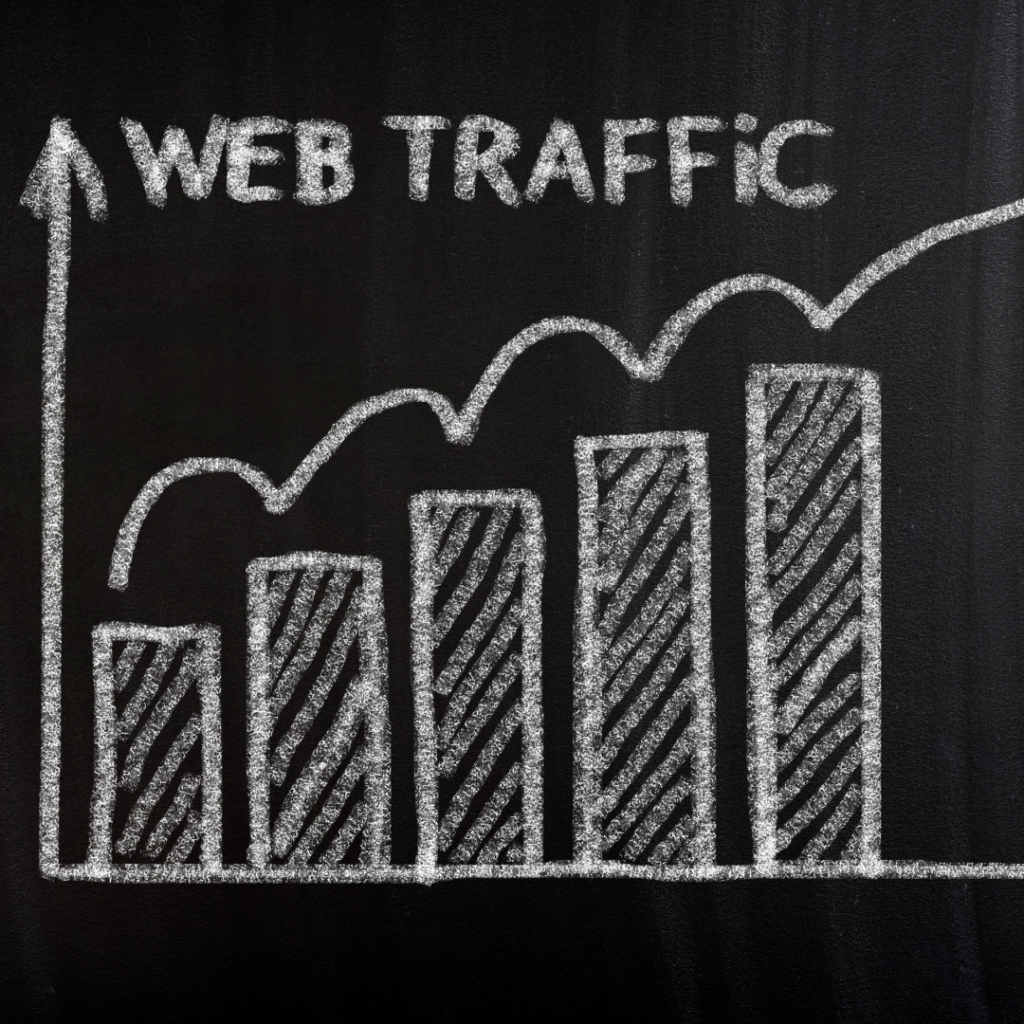
Thanks to web analytics software, you can know in real time how many users have seen your site’s home page. Web analytics reveal, among other things, the number of pages viewed by each visitor, the device used and the origin of the visit.
This data makes it possible to prioritize the allocation of resources to the various marketing channels according to the traffic generated. For example, if natural search represents only 10% of traffic, this percentage will have to be improved by refining the SEO strategy.
Offline marketing doesn’t find out how consumers are interacting with a brand before chatting with a sales rep or making a purchase.
Digital marketing, on the other hand, makes it possible to identify trends and patterns of behaviour upstream of the last stage of the purchase journey.
It thus facilitates decision-making on what tactics to deploy at the top of the funnel to attract customers.
- Measure content and lead qualification
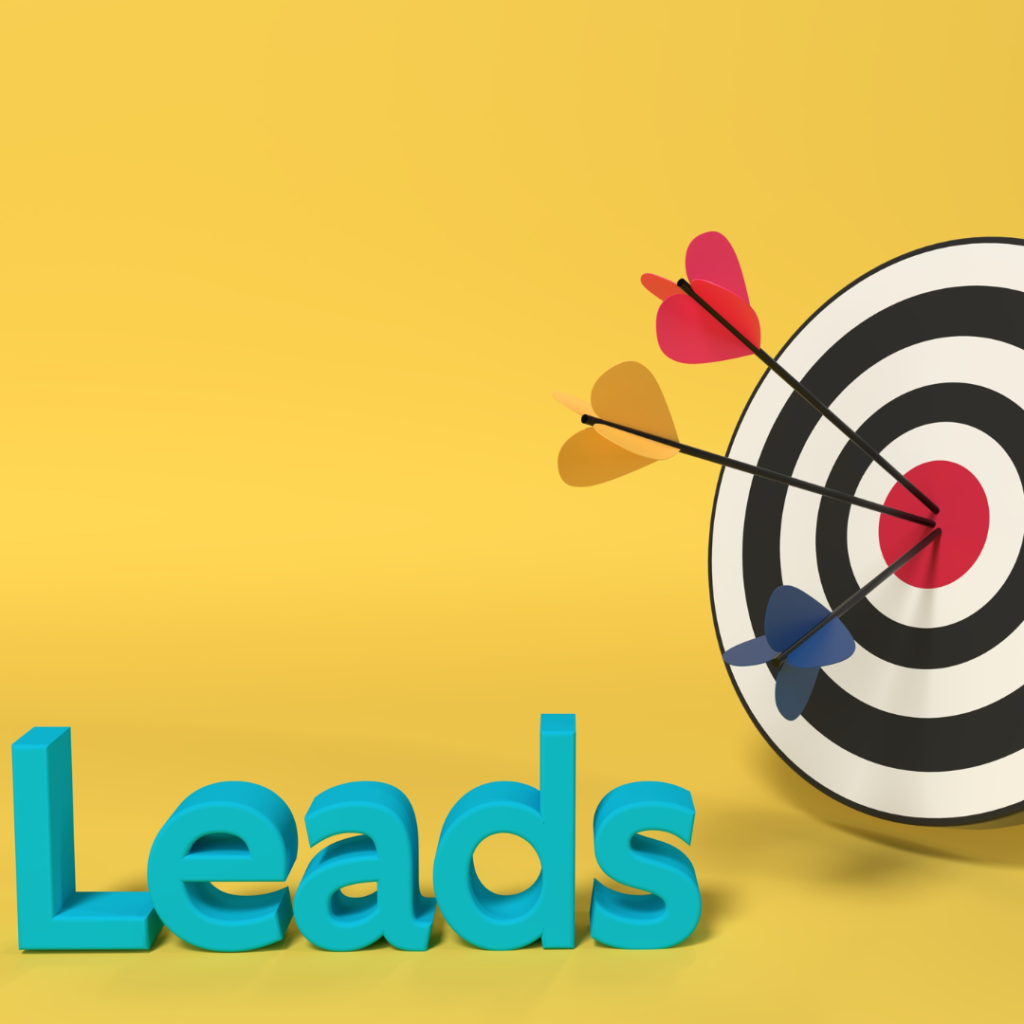
If you create a brochure presenting your offer and distribute it to people, it represents a form of offline content. Unfortunately, it is impossible to know how many recipients viewed it and how many discarded it without opening it.
Now imagine making that same brochure available on your website. In this case, you will know exactly how many visitors have viewed the landing page on which it is hosted and you will be able to collect the contact details of those who download it using a form.
This way, you will not only know how many visitors are interacting with your content, but you will also generate qualified leads with each download.
- Increase the leads and customers generated
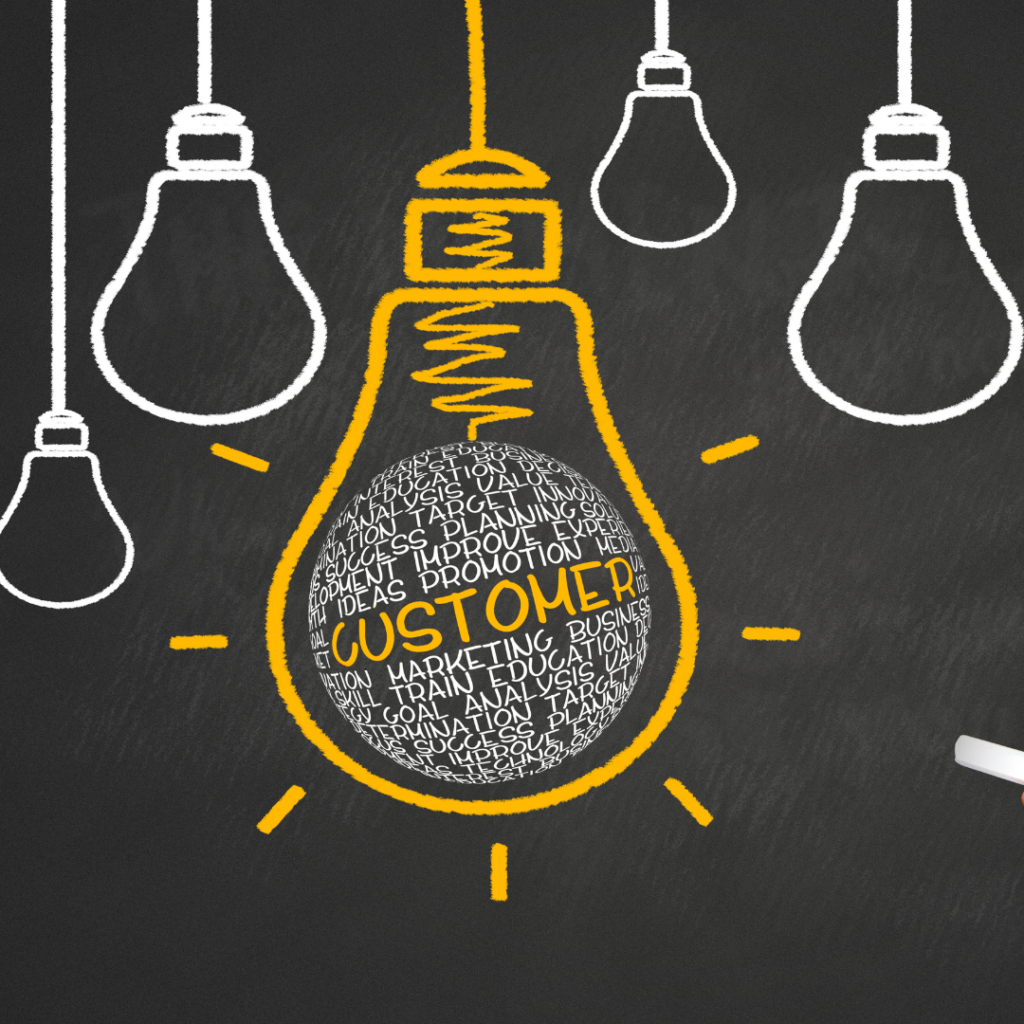
Combined with the right tools and technologies, a successful digital marketing strategy makes it possible to trace each sale to the customer’s first contact with the company.
It is thus possible to build an attribution model, the purpose of which is to reveal trends in the way Internet users discover and buy your products.
You will be able to effectively allocate marketing resources to overcome any weaknesses, and optimize the different stages of the purchase journey in order to optimize your conversions of leads and customers.
It is essential to link marketing and sales. Companies whose sales and marketing are closely aligned typically experience 20% annual growth.
Optimizing the path to purchase using digital technologies tends to have a positive effect on company profits.
- Manage your online reputation
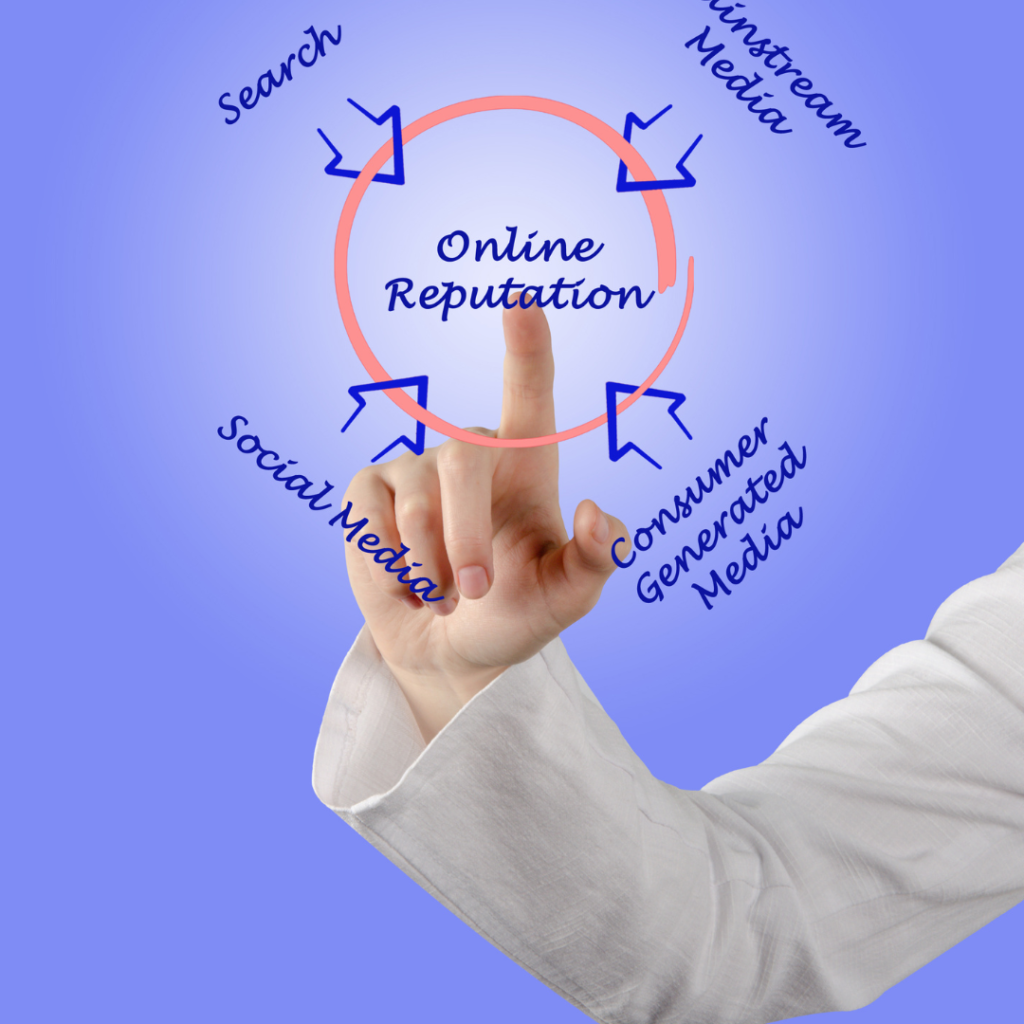
The implementation of an effective online communication strategy will affect your brand image positively, and will contribute to the loyalty of your customers. Examples:
You monitor customer relations via social networks, in order to respond as quickly as possible to their problems.
Twitter has notably become an important platform for customer service which is now part of the considerations for your community management strategy.
Your website has a live chat, a chatbot, or a knowledge base and you then offer other means of communication and support to your customers.
What type of Digital marketing content to create?

The type of content to create depends on the specific needs of your audience at each stage of the buying journey.
Start by creating buyer personas to identify your audience’s goals and challenges that relate to your business. Basically, the digital content created should support these goals and help solve these problems.
Then ask yourself when your audience is likely to consume this content based on their progress through the purchase journey. This is how you map the content.
This process aims to target content based on:
- Characteristics of the person intended to consume it (defined by the buyer personas)
- The position of this person in the path to purchase (i.e. the phase of the life cycle)
In terms of format, many possibilities are available to you. Here are some options for different stages of the buying journey:
- Digital content in the awareness phase
- Blog posts: Combined with a successful keyword and SEO strategy, they are excellent for increasing organic traffic.
- Infographics: easy to share, they increase the company’s chances of being discovered on social networks, where users share content.
- Short videos: also easy to share, they allow new audiences to discover your brand via platforms like TikTok.
- Digital content in the consideration phase
- E-books: more comprehensive than a blog post or infographic, they are excellent for generating leads. Indeed, users are likely to provide their contact details in order to receive them.
- Research Reports: This high-value content is particularly effective in generating leads. Research reports also have their place in the awareness phase, as they often attract the attention of the media and the specialized press.
- Webinars: As in-depth and interactive video content, webinars are effective during the consideration phase because they are more comprehensive than a blog post or short video.
- Digital content in the decision-making phase
- Case studies: Publishing detailed case studies on your website is useful for visitors ready to make a purchase decision because they represent an effective argument.
- Testimonials: if case studies are not suitable for your activity, publishing synthetic testimonials on your website is a good alternative.
For B2C companies, testimonials can take a variety of forms. A clothing brand can, for example, distribute photos showing customers having personalized a t-shirt or a dress, and accompany them with a hashtag unique to the brand to allow other users to share their creations.
How long before you see tangible results?

Since the ROI of digital marketing is easy to measure, performance often seems faster online than offline. However, it all hinges on the scale and effectiveness of your online marketing strategy.
If you spend time building relevant buyer personas that allow you to identify your audience’s needs, and produce quality online content to attract and convert leads, you’re likely to see tangible results in six months.
Strategies incorporating paid advertising tend to produce results even faster. However, to be successful in the long term, it is recommended to work on establishing your natural (free) reach by focusing on content, SEO and social networks.
How much does digital marketing cost?

As in all areas, the cost depends on the components of your digital marketing strategy.
You probably already have a website. By focusing on inbound techniques like SEO, social media, and content creation, you can achieve great results at low cost.
By using a free CRM to manage the leads generated by these techniques, you ensure not only marketing but also commercial and customer service follow-up at a lower cost.
Inbound marketing is all about creating quality content that your audience will want to read. Unless you outsource the creation of this content, the necessary investment is only counted in time.
Outbound techniques such as online advertising involve expenses and their cost depends on the expected visibility.
For example, to serve PPC ads through Google Ads, you must participate in auctions against other businesses in your industry. The goal is to appear as high as possible in the results of Google searches containing keywords associated with your activity.
If you apply these best practices to create online experiences that are relevant to your audience, the results will be immediate.
